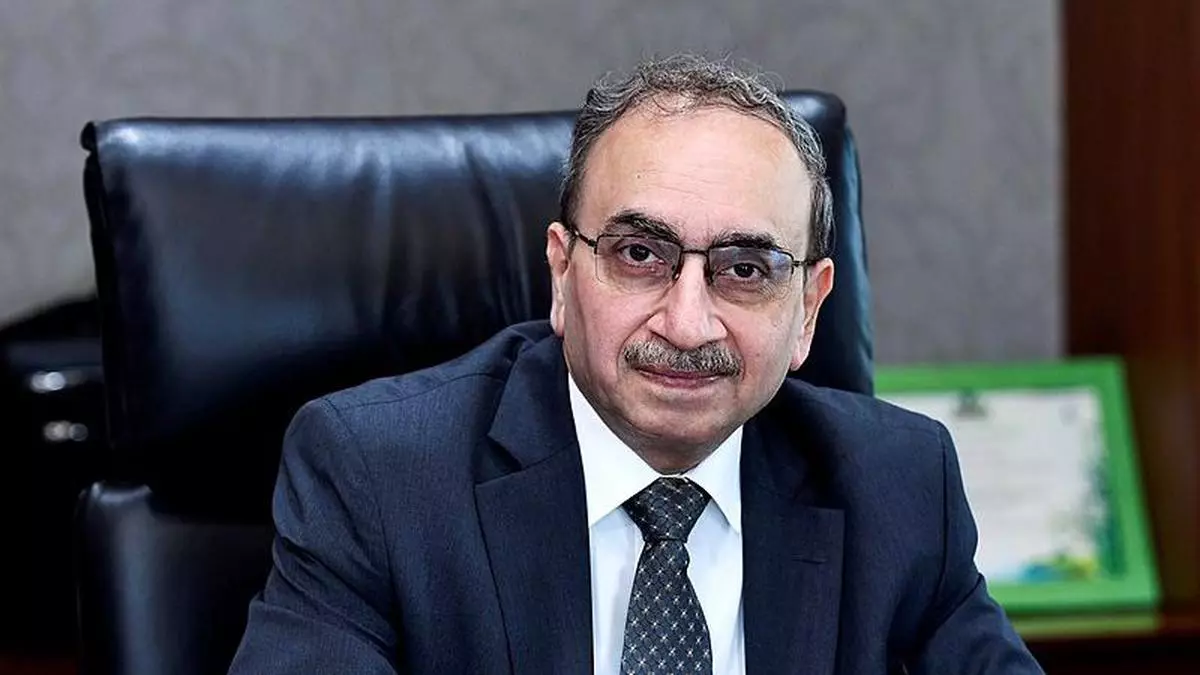SBI is a financial superstore, not just a bank: Dinesh Khara
Updated – April 10, 2024 at 07:03 PM.
State Bank of India has emerged as consistent return generator in the last three years. Is the market understanding the bank better now?
There is a better appreciation now than in the past, but there is scope for improvement. When we look at the price-to-book value of some private sector and smaller banks, SBI has a much larger reach and a much better portfolio, and we have achieved decent growth. We can generate returns and profits in the foreseeable future that can be much stronger than those of some other banks, which enjoy a much higher price-to-book valuation compared to ours.
Is the high cost to income ratio of SBI which is weighing on valuations?
Our cost-to-income ratio is around 52 per cent; last year, we had a situation where we had to make a one-off provision on account of certain salary increases. All that is behind us, and the cost-to-income ratio for the last financial year is not a representative number. Our effort is to eventually bring it down below 50 per cent, but it may take a little more time.
SBI accounts for a fourth of India’s total loans. But there is intense competition and in the PSU space, the objective is seemingly to have 4 – 5 banks as large as SBI. What would you do to remain a differentiated bank?
SBI is not merely a bank. We are a financial superstore. As a group, we have our own investment bank, asset management company, life insurance company, non-life insurance company, card company, and many others. We call it the ‘power of one’ as we can serve our customers’ financial needs. We facilitate investment into market instruments or approach the market to raise equity or debt and offer them corporate and retail credit cards. We offer gratuity management services through our life insurance company. The range of services being offered by us is much beyond the bank. The differentiating factor is that we have invested in creating the physical, ATM, and BC/CSP networks. The creation of a network is not easily replicable; 22,400 plus branches across the nook and corner of the country, and 2,35,000 employees within the bank – building up these blocks takes time. We are in a very distinct position to better serve our customers.
Regarding handling government funds, RBI rates are also very competitive. How are you handling that?
RBI has an obligation and responsibility to work as a banker to the government. So, we are not competing. We were only offering cash management. For more than a year now, the Government of India has adopted the ‘Just in Time’ approach, resulting in the compression of the float funds within the system. We recognised this sometime back and started looking at developing our transaction banking hub to channel the current account business, and we are seeing decent success.
It seems like a repo rate cut is unlikely anytime soon. Would that defer big-ticket corporate borrowing?
Corporate demand for loans is a function of the clear visibility of demand. It doesn’t make a difference, if the interest rate is 50 bps here or there. Interest rate reduction to my mind, maybe after the monsoon season because that’s when we see the evolving scenario on the agricultural front. Hopefully, we should get to see a reduction in interest rates from the third quarter of FY24-25
RBI seems to be suggesting that deposit rates should go up a little more. How do you see it for SBI?
We’re quite comfortable with the CD ratio. We evaluate these situations in our ALCO meetings, where we evaluate the likely credit offtake and the availability of the deposits. For now, with the current interest rates themselves, we should be able to take care of our requirement for supporting the loan book.
Currently, there aren’t many lumpy corporate accounts, barring 3 – 4 conglomerates. Do you see it as an advantage or a disadvantage?
As the economy moves from a developing to a developed state, corporates invariably start depending upon the market route of borrowing. We have our internal exposure ceilings, and the bank has no concentration risk. When corporates feel that borrowing from the bank make sense, they will come to the banks. Alternatively, they will go to the market and raise money. This is a new paradigm that the system must acclimatize to. There is a decent opportunity for the banking system to take care of the needs of the economy.
For almost five years in a row, we’ve seen very good credit quality holding up for retail loans despite the pandemic. Are there pockets where you would want to start exercising a bit of caution?
There’s nothing like that. For a retail book to be built, one should have structures in place. This includes sourcing, underwriting, and collections. If any of these structures are short, there could be challenges. We have consciously invested in creating appropriate structures for retail loans.
About acquisitions, SBI has so far seen only forced deals. Would you like to have a free hand in this regard?
There is no restriction on acquisitions. Regarding the point you made about a certain segment, remember that inorganic growth is expensive. Private players are doing this because they want to accelerate growth. Also, inorganic (deals) always come at a price. I’m not inclined to spend too much money on inorganic acquisitions. To achieve the objective, we have invested well in the rural branch network and our wholly-owned State Bank operation support subsidiaries.
